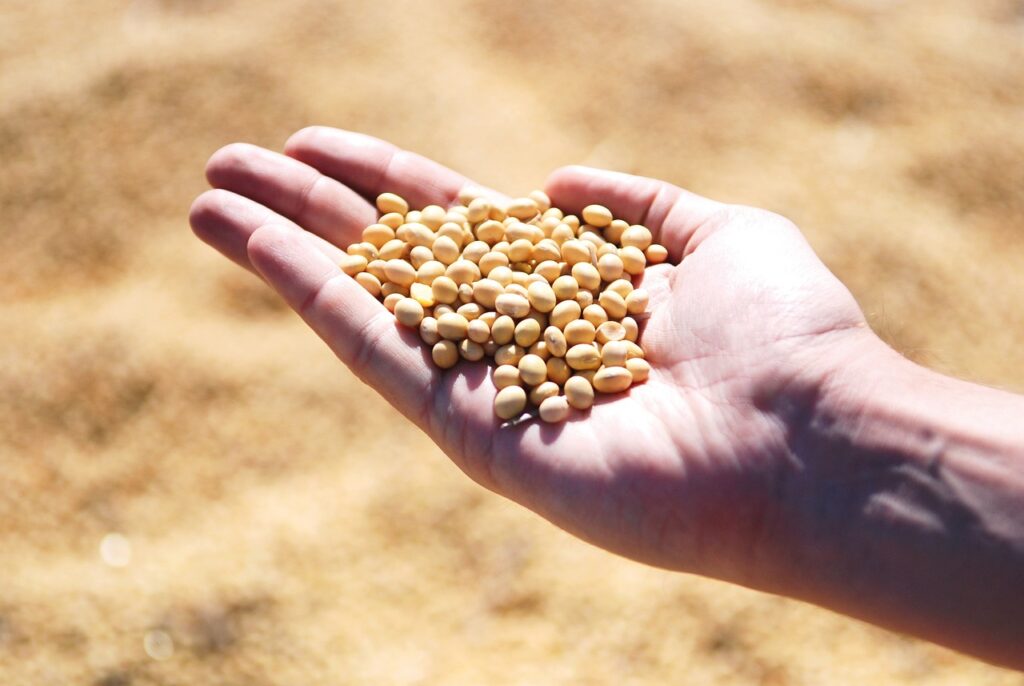Soybean seed treatment is a critical step in modern agriculture that offers numerous benefits to farmers worldwide. By applying specialized treatments to soybean seeds before planting, farmers can unlock the potential for optimal crop performance, higher yields, and increased profitability. Let’s explore some of the key advantages of soybean seed treatment.
- Disease and Pest Protection: Soybean plants are susceptible to a range of diseases and pests that can severely impact yield and quality. Seed treatment helps protect the seeds and emerging seedlings from pathogens and insects, reducing the risk of disease transmission and pest damage. By incorporating fungicides and insecticides into the seed treatment process, farmers can safeguard their crops during the vulnerable early stages of growth.
- Enhanced Germination and Uniform Stand Establishment: Seed treatments promote faster and more uniform germination, leading to improved stand establishment. Treating soybean seeds helps overcome potential germination issues caused by seed-borne pathogens or unfavorable environmental conditions. This ensures a more consistent and robust crop emergence, minimizing the risk of gaps in the field and maximizing the use of available resources.
- Nutrient Efficiency: Seed treatment technologies also offer the advantage of nutrient enhancement. Coating the soybean seeds with nutritional additives, such as micronutrients or bio-stimulants, enhances the seed’s ability to absorb essential nutrients from the soil. This results in improved nutrient availability during the critical early growth stages, contributing to healthier plants and optimizing overall nutrient utilization.
- Stress Tolerance: Seed treatments can include compounds that enhance the stress tolerance of soybean plants. These treatments can help the plants withstand environmental stresses such as drought, temperature fluctuations, or soil salinity. By equipping the seeds with stress-tolerant traits, farmers can increase the resilience of their crops, leading to improved yield stability and overall productivity.
- Environmental Stewardship: Seed treatment promotes sustainable agriculture by reducing the need for foliar applications of pesticides, thus minimizing chemical exposure and potential environmental impacts. By precisely targeting treatments to the seed, farmers can achieve effective pest and disease management while using fewer overall inputs. This reduces the risk of pesticide drift, contamination of water sources, and potential harm to non-target organisms.
In conclusion, soybean seed treatment provides a multitude of benefits that significantly contribute to successful soybean production. By protecting seeds from diseases and pests, improving germination and stand establishment, enhancing nutrient efficiency, increasing stress tolerance, and promoting environmental stewardship, seed treatment plays a crucial role in maximizing yield potential, crop quality, and overall profitability. As farmers continue to adopt seed treatment technologies, they are poised to unlock the full potential of their soybean crops and meet the growing demands of a sustainable and productive agricultural future.



